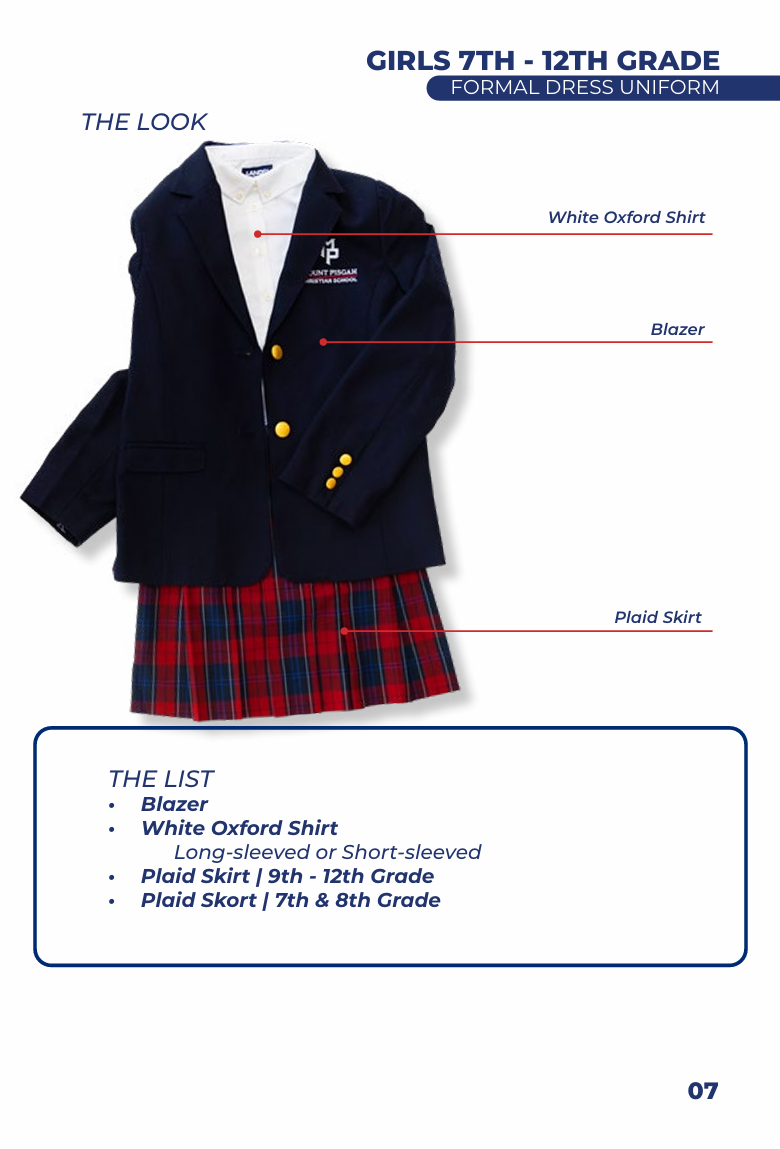Imagine this: you just woke up. You start checking your phone to catch up on all the notifications you missed the night before. You go to Messages, then Snapchat, TikTok and then Instagram, where you see that you have an unread DM from one of your friends.
You open it, thinking it is a funny post or maybe a reel. Wrong.
They mentioned you in a story. You click on it to see a bold “You have 24 hours” message across the screen along with you and an account called “uscmind” tagged.
Confused at first, you realize the ice bucket challenge has resurfaced.
You wear a cute but effortless outfit, grab a bucket filled with ice water, and head outside to film your video. You find the best lighting to get your perfect spot, say your nominees, and thank your friend for nominating you. But where’s the message?
Senior Aliya Blevins thinks back to the moment she was nominated.
“I was expected to get nominated because it was such a widespread trend,” she said. “It was something fun to do, but it also felt pointless because I knew most people didn’t actually care about what the trend was supposed to represent.”
She recalls feeling obligated to participate, even though she knew it was more about the act than the cause.
The trend was originally created by a group of students who are members of the University of South Carolina’s Mental Health Needs Discussion (MIND) club. The #SpeakYourMIND campaign on Instagram was first launched in March. Wade Jefferson, a junior at USC, founded the MIND club after he saw how much of a toll mental health took on his friends.
Seeing how much awareness the original Ice Bucket Challenge brought to ALS, they hoped for the same outcome. This trend was created to bring light to mental health, support vulnerability and give individuals the space and platform to start real discussions about mental health.
Although it initially seemed like this was working, it quickly spread out of control. It became what happens to any mass-followed trend—focusing on aesthetics, entertainment, going viral and likes.
Many participants—intentionally or not—skipped over the story behind the challenge and just did it to avoid feeling like they were “missing out” on the trend. In doing so, the deeper meaning gets forgotten, overlooked, and drowned out.
Senior Cole Munroe, however, decided not to participate in the trend.
“It felt more like a trend than a movement. I didn’t see the benefit in pouring a bucket of cold water on myself, and I didn’t see any actual awareness of the trend because of it,” said Munroe.
You may be asking yourself why this is an issue because, yes, of course, it does bring awareness. However, mental health is not a trend, and never should be made one. Mental health is real and messy.
About 50% of individuals have experienced issues with mental health by the age of 14. That statistic rises to 75% by the age of 24 – going to show the overwhelming number of people affected and why it is a real problem.
When we turn “awareness” into a performance, we lose the chance to help someone else feel seen.
Guidance counselor Diana Nardella spoke on what this really does.
“Performative activism on social media is like using a good cause for selfish reasons to be praised or famous.”
By trying to be funny, cute, or trendy instead of speaking our minds about the importance of advocating for mental health, we may inadvertently trivialize the struggles of those dealing with mental health issues. This can leave them feeling invalidated and further stigmatize mental health.
“In doing so, it diminishes the people who really need a voice to speak up for them and could benefit from help,” Nardella added.
If you’re going to participate in the trend or any trend based on the intent to spread awareness, hold yourself accountable for putting the reason why the trend was created in the first place back into the trend. Speak your truth, even if it is uncomfortable.
Let’s return the challenge to what it was meant to be: authentic voices with a real impact.









